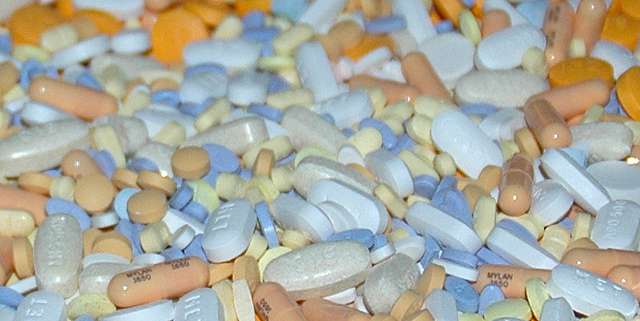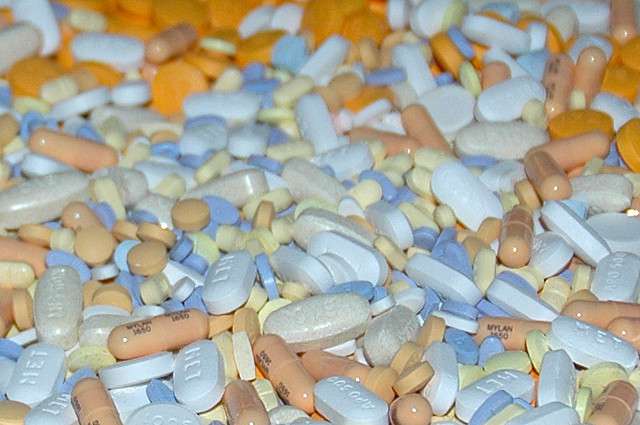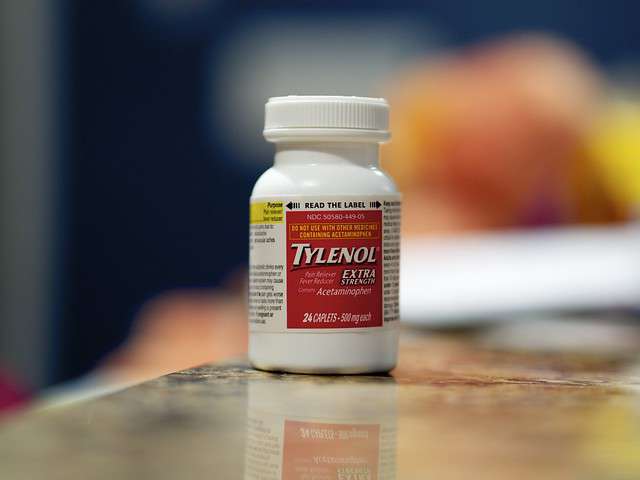Color and Pharmaceutical Packaging
Legitimate pharmaceutical manufacturers use advanced packaging with holograms, bar codes, and other features to confirm that the enclosed products are real. Packaging color is as critical an indicator of legitimacy as these advanced features.
Consumers generally avoid products with inconsistent or dubious packaging5, but consumers that purchase pharmaceuticals from internet pharmacies do not have the luxury of picking and choosing. Counterfeiters might take advantage of this by using cheaper printing and packaging materials. This leaves an opening for a legitimate manufacturer to publish a color profile for its own packaging. Screeners and regulators can then use portable spectrophotometers to measure a pharmaceutical product’s packaging for comparison against a manufacturer’s standard color profile. Any differences will be a first marker of counterfeiting that the regulator can then use to flag a batch for more advanced testing and verification.
Drug Color Consistency
Counterfeiters are becoming more adept at replicating the appearance of legitimate drugs, but subtle color differences between real and fake drugs are still a strong indication of a counterfeit product. Strict FDA standards on drug production result in products that have identical colors and appearances from batch to batch. Even more so than with pharmaceutical packaging, manufacturers can create color profiles for each of their products. They can then use portable spectrophotometers for quality control and assurance during a manufacturing process. Regulators can also use these devices to sample drug products in supply chains in order to weed out any products that are outside of that profile. Without their own spectrophotometers, counterfeiters will be unable to precisely match the exact profiles of the drugs they are emulating. Certain spectrophotometers can detect differences on UV wavelengths, which would be invisible to the naked eye. This makes color profiles even more difficult to fake without instrumental aid.
Using HunterLab’s Devices to Detect Counterfeit Drugs
HunterLab has long been at the forefront of providing appearance and color testing instrumentation to the pharmaceutical industry. To measure both opaque substances at UV wavelengths, regulators can use the UltraScan Vis or Pro.
To learn more about which instrument would be ideal for your production process, contact our friendly, professional sales force today.





